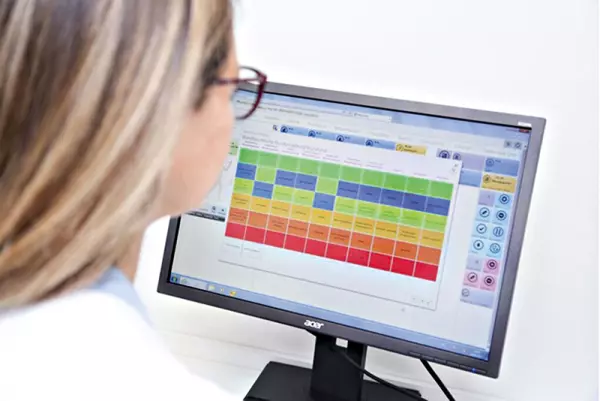
(03/2022) Maria Klaas; Klaas Consulting
According to the Federal Ministry of Health, there are around 400,000 different medical products in Germany. This includes diagnostic devices, surgical instruments, intensive care devices, implants, products for sterilization, but also covers and aids.
These products can be found in different customer segments – for consumption/in use, for sale/rental, for recommendation/prescription. Customer segmentation is heavily dependent on product positioning. This can look completely different compared to the competitors. The manufacturer can even consciously set itself apart from its competitors. For example, a manufacturer in the diabetes sector will traditionally concentrate on the customer group of diabetologists who prescribe the test strips and on the pharmacist segment for the sale of the test strips. A different product positioning, e.g. B. free sale of the test strips and devices, drugstores or even supermarkets are in the foreground as a customer group for the sale. This consequently raises the question: Which customer segments are there in Germany at all, and what is special about them? Customer segments can be roughly divided into outpatient and inpatient target group structures. These can be groupings for the sales (channel) or groupings for decision-makers or users (see Fig. 1 "Customer segments").
Stationary customer segments
The group of inpatient customer segments includes hospitals and nursing homes. Depending on the medical device, these are further subdivided. For a hip prosthesis z. B. Orthopedists as users and buyers in the hospitals are those who decide on the use of the hip prosthesis. In the nursing homes, the nursing service management or the home management can be important contacts. If specialist dealers are involved, it is also important to serve them.
Outpatient customer segments
Among the classic outpatient customer segments









